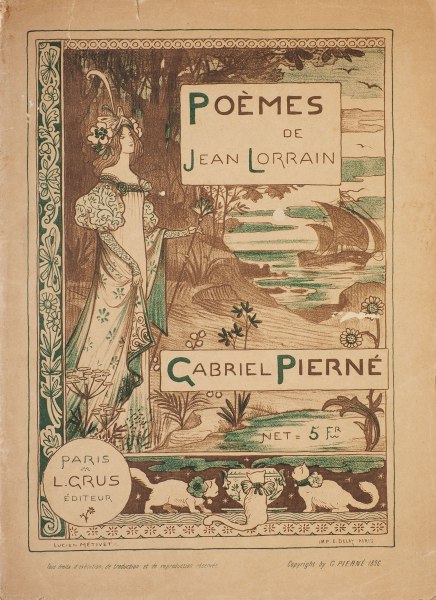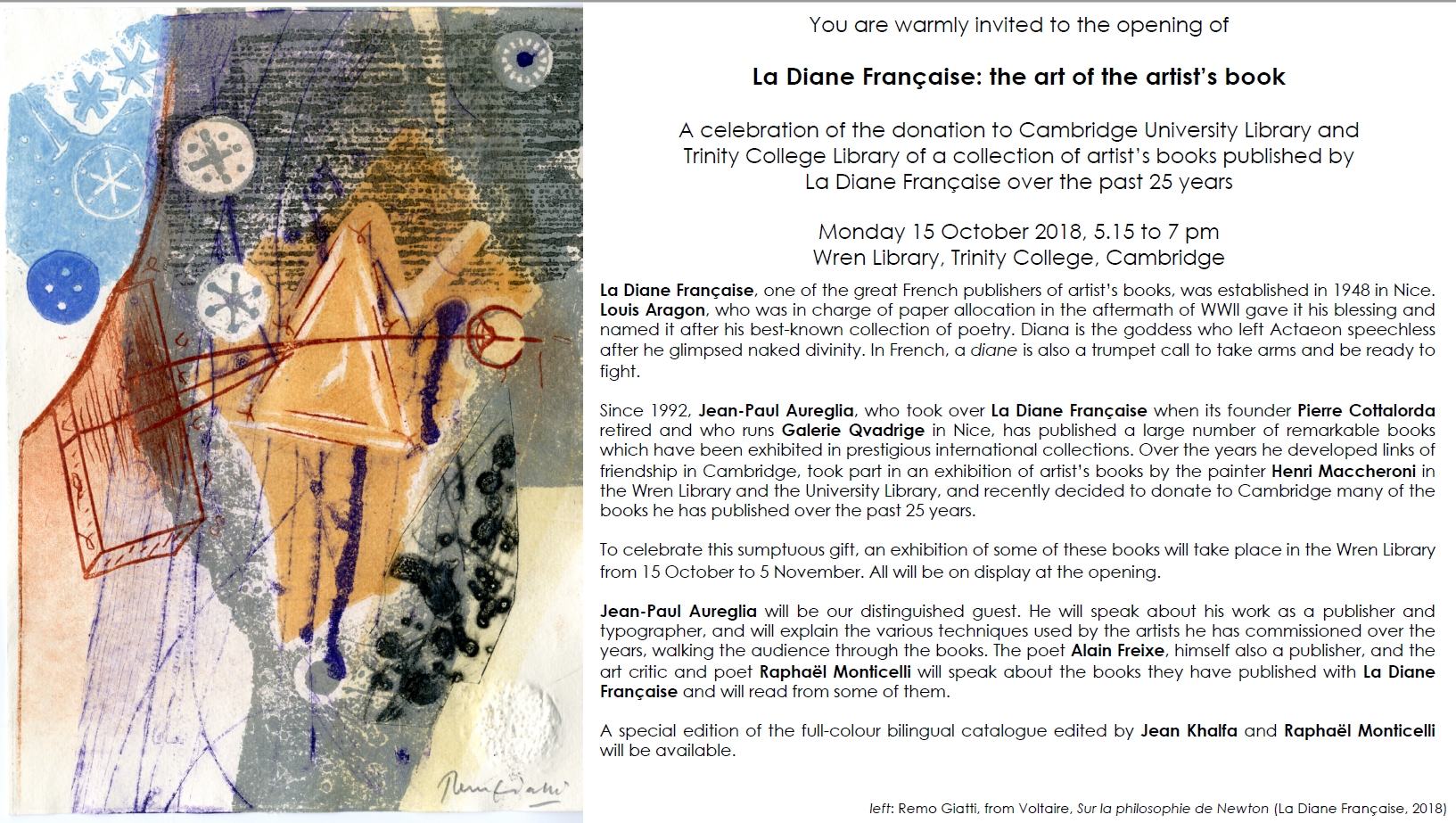The Latin American and Iberian Collections team has recently acquired a small but utterly compelling collection of books published by Ediciones Vigía. These are beautiful and hugely imaginative hand-made artist books created in Matanzas, Cuba. Although in nature very different to the Cartonera collection we have built over the years, Vigía books also help us ask questions about the possibilities of creating and disseminating art and literature in a context of material scarcity.
Ediciones Vigía was founded by the poet Alfredo Zaldívar and the artist Rolando Estévez in 1985 but did not originally start as a publisher: it began as a cultural association organizing events for the local community to learn about Cuban and international authors. They would produce invitations for such events held in the then named Casa del Escritor (The Author’s House) in the Plaza de la Vigía square in Matanzas.
Continue reading “Artists’ books from Cuba”



















 On the 75th anniversary of the Liberation of Paris, we would like to talk about Images de notre délivrance (
On the 75th anniversary of the Liberation of Paris, we would like to talk about Images de notre délivrance (



